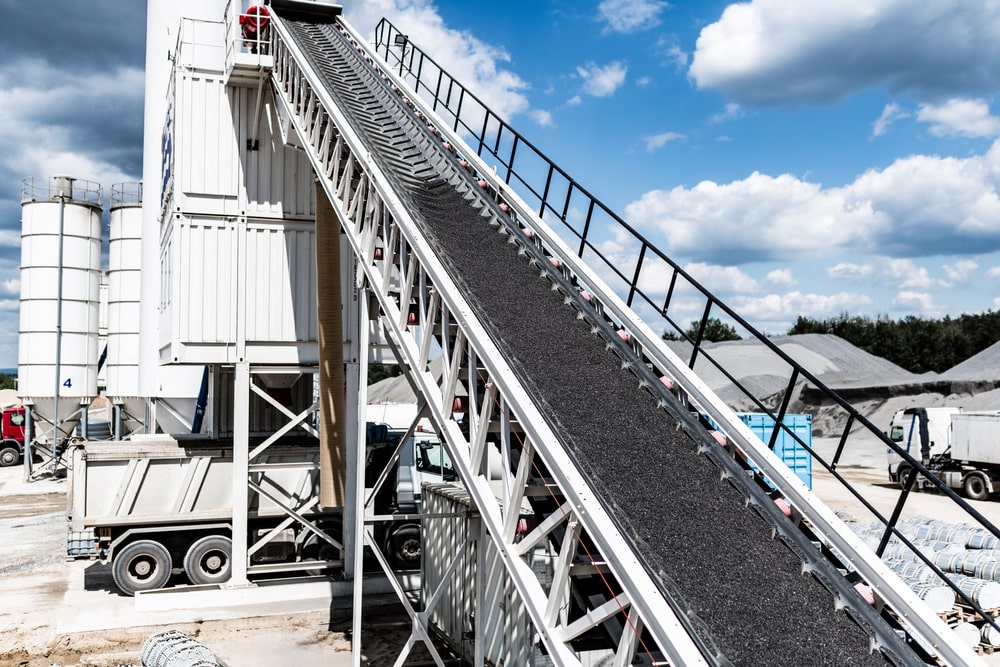Selecting the right cold-resistant conveyor belt is important for industries operating in frigid environments. Here's a guide to help you make an informed decision:
Temperature Range: Consider the temperature extremes in your operational setting. Choose a conveyor belt with a temperature rating well below the coldest conditions it will encounter to ensure optimal performance. If you are looking for cold resistant conveyor belt for your industrial applications, you should check Monster Belting.

Image Source: Google
Material Composition: Opt for belts made from cold-resistant materials such as synthetic rubber or polymers. These materials are designed to maintain flexibility in freezing temperatures, preventing cracking or brittleness.
Cover Compounds: Evaluate cover compounds for resistance to cracking and stiffness in cold climates. Look for materials that remain pliable and durable even in sub-zero conditions, ensuring longevity and reliability.
Fabric Strength: Consider the fabric strength of the belt. It should withstand mechanical stresses associated with material handling in cold environments. Choose a belt with reinforced fabric for added strength.
Impact Resistance: Prioritize belts with excellent impact resistance. In cold conditions, materials may become more brittle, making them prone to damage. A belt with superior impact resistance will withstand harsh handling.
Width and Thickness: Select the appropriate width and thickness of the belt based on your specific application. Thicker belts may provide better insulation, while the width should match the dimensions of your conveyor system.
